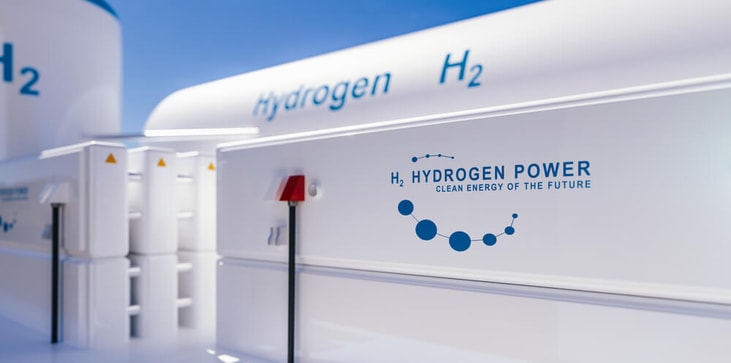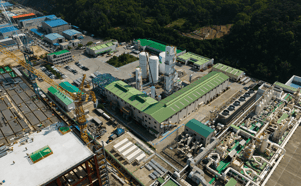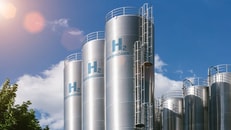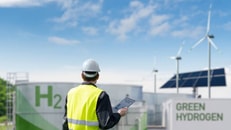Lack of knowledge ‘major issue’ for hydrogen adoption
Lack of knowledge is a major issue for some of the companies that are wanting to adopt hydrogen, a fact which may impact the commercialisation of the fuel going forward.
That is according to Rhiannon Chalmers-Brown, Senior Consultant in Alternative Fuels at Ricardo, who spoke about hydrogen commercialisation at the BCGA Conference 2024 which took place last week.
Renewable hydrogen is considered to be crucial for the energy transition, with European member states looking to explore its full potential through methods such as repurposing natural gas networks for hydrogen delivery.
... to continue reading you must be subscribed
























